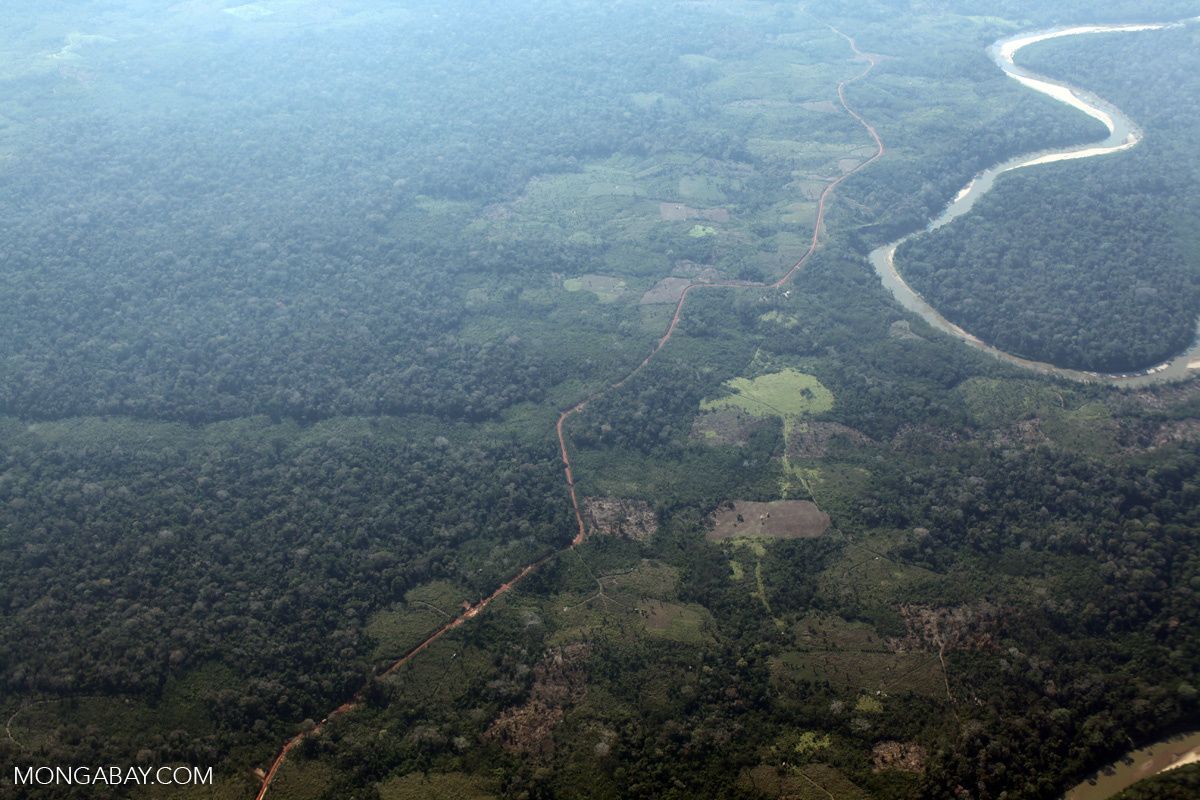

By Mike Gaworecki
Last Thursday, at the UN climate talks in Bonn, Germany (known as COP23), the World Resources Institute (WRI) announced that $2.1 billion in private investment funds have been committed to efforts to restore degraded lands in the Caribbean and Latin America.
The investments will be made through WRI’s Initiative 20×20, which has already put 10 million hectares (about 25 million acres) of land under restoration thanks to 19 private investors who are supporting more than 40 restoration projects.
Agriculture, forestry and other land uses are responsible for about a quarter of global greenhouse emissions, but in Latin America and the Caribbean, they account for roughly half of all emissions. That’s why these sources of climate pollution are featured in the action plans, known as Nationally Determined Contributions (or NDCs), submitted by many countries as part of the Paris climate agreement (that’s also why the UN’s program for reducing emissions from deforestation and forest degradation, REDD+, was included in the Paris agreement as a standalone article).
There’s a plethora of recent research showing that, while halting deforestation is of course critical, the restoration of degraded forests and other landscapes are a vital component to meeting the Paris agreement’s target of keeping global warming below two degrees Celsius.
Deforestation on the Peru-Brazil border.Rhett Butler
Forests currently remove an estimated 30 percent of manmade carbon emissions from the atmosphere, but a suite of studies released on the eve of COP23 found that they could be sequestering far more—an additional 100 billion metric tons of carbon by the year 2100—if we were to allow young secondary forests to regrow and improve forest management, which would buy us more time to transition the global economy away from fossil fuels and towards renewables.
Another recent study finds that “natural climate solutions,” which consist of a number of conservation, restoration and improved management actions that help increase carbon storage or avoid greenhouse gas emissions from forests, wetlands, grasslands and agricultural lands, have the potential to reduce emissions by 11.3 billion metric tons every year by 2030—thus providing 37 percent of the emissions reductions necessary to keep global temperature rise below 2°C.
WRI originally launched Initiative 20×20 at COP20 in Lima, Peru with a target of restoring 20 million hectares of land in Latin America and the Caribbean by 2020. The initiative was intended to support the goals of the Bonn Challenge, a commitment by dozens of countries and some private entities that have pledged to restore more than 150 million hectares of degraded and deforested land by 2020, and the New York Declaration on Forests, which aims to restore 350 million hectares of degraded landscapes and forestlands by 2030.
So far, 16 countries have committed to restoring 53.2 million hectares of land through Initiative 20×20, far outsripping the initial goal of the program.
“Restoration in Latin America is an unmissable opportunity,” Walter Vergara, the coordinator of Initiative 20×20 at WRI, said in a statement. “With more than $2 billion of investments earmarked for Latin America alone, restoration is a climate solution that works and is a great investment. Bringing degraded and deforested lands back to life is a win-win-win for investors, governments and local communities. This is precisely why restoration continues to build political and financial momentum.”
But the $2.1 billion in investments pledged so far could have implications beyond Latin America and the Caribbean as investors “move more quickly than ever to capitalize on the business of planting trees,” Vergara added.
“WRI research shows the economic benefits of restoring 20 M ha of degraded land in Latin America could reach $23 billion, while at the same time reducing GHG emissions, improving food security and livelihoods. The success of Initiative 20×20 in attracting private investment in Latin America is a model for success for other regions and can deliver major emission reductions to meet commitments to the Paris agreement.”
Reposted with permission from our media associate Mongabay.

 233k
233k  41k
41k  Subscribe
Subscribe 
